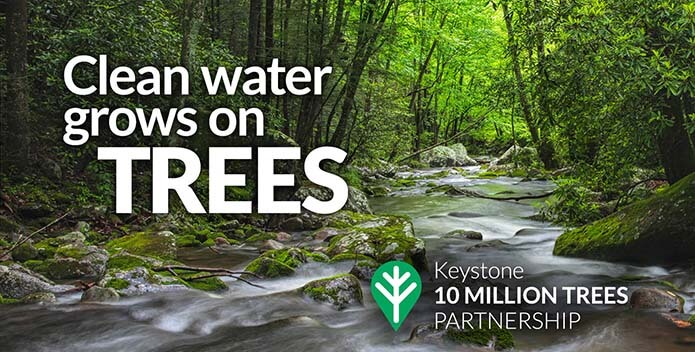Our natural resources are one of our most valuable assets. Our trees slow down the winter winds, help keep our air clean, provide us with lots of oxygen, and help to slow down water runoff from rainfalls.
Tree Trunks
Help protect the bark by removing strings of lights, other decorations, vines, or attachments that might create openings in the bark through which disease and pathogens can enter. Eventually, things attached to trees become embedded in the bark and affect its crucial food supply.
MulchMulch provides a better way for roots to get oxygen from the air and capture rainwater runoff from our streets and walkways.
Ongoing: Keep mulch a mimimum of 2" away from the trunk to as far as the outer drip line or further. Mulch no more than 3" to 4" deep. Use wood chips or licorice root mulch.
Annually: As old mulch assimilates into the soil, add a new top dressing of mulch. To do this, gently loosen the top 3" of soil to allow more water and oxygen to penetrate. This is where most of the tree's root hairs are and is how the tree absorbs water and nutrients. Lightly spread fresh mulch on top of the loosened soil. Add new mulch in this fashion as needed.
Spotted Lantern Fly
This area of our website will be updated as we have specific information to pass on to MGCA Members. Lantern flies have been seen in the Campmeeting. The video below from the Penn State Extension shows how to identify and destory their egg masses.
What Not to Do
- Don't pile up mulch (or dirt) against the trunk. Keep the trunk root flare exposed, so as to prevent moisture and insects from accumulating around the bark. Dyed red mulch is not recommended.
- Don't pile or lay anything on the dirt that will compact or harden it.
- Don't place trash bags or anything that may leak potentially toxic substances into the soil and onto the roots.
- Don't build a sealed raised box around your tree. This prevents the tree from receiving important rainwater runoff and encourages a secondary weaker root system.
- Don't add soil under the tree's canopy. Keeping it at the original level will maintain the roots at the proper distance from the surface for better water and oxygen absorption, and will keep the base of the trunk from being attacked by boring insects.
- For snow melting on walkways and road surface near the tree pit, use environmentally friendly alternatives to salts, like clean kitty litter or sand.
- As a general rule, do not fertilize your tree. Fertilizer is not a food; it is more like a prescription drug. It's far better to give your tree systemic care and leave fertilizing to the experts for when the tree is sick.
- t's best not to plant flowers at the base of a tree during its first year of growth. Most perennials may not be appropriate for your tree pit area and their roots will grow to compete with the tree for water and other nutrients. It's okay to plant annuals later as long as you plant on the original unaugmented level of dirt.
PATrees.org - All About Trees of Pennsylvania
TreeCareIndustry.org - About Tree Care in General
Arbor Day Foundation - Tree Identification Guide

